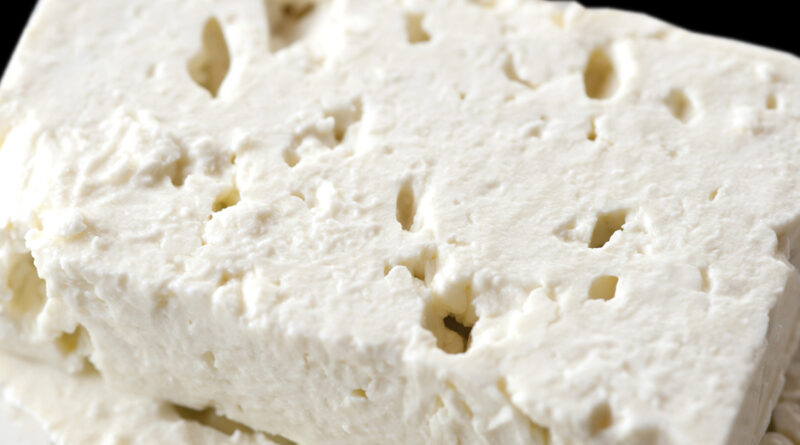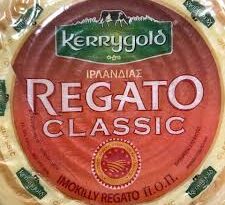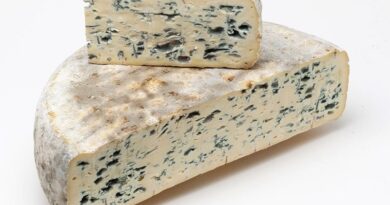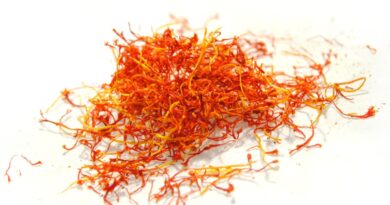Feta
La Feta è un formaggio bianco a pasta molle pieno di piccoli fori irregolari e senza strato esterno.
Il suo nome in greco significa la fetta, per indicare il taglio della cagliata dopo l’elaborazione.
Tradizionalmente viene fatto da latte di pecora non pastorizzato, ma può anche essere prodotto da latte pastorizzato.
La Feta da esportazione è maggiormente salata, per cui è necessario riporre il pezzo di formaggio in una bacinella d’acqua fredda e lasciarvelo almeno una mezz’ora prima di utilizzarlo; in questo modo perde il sale in eccesso ed il sapore è quello autentico.
English version:
Feta is the most famous traditional Greek cheese, dating back to the Homeric ages. It is a white soft cheese, ripened and kept in brine for at least two months. It has been and still remains a significant part of Greek diet and its name is often connected with the Greek history and tradition. The average (per capita) annual consumption of Feta in Greece is more than 12 Kg, out of a total cheese consumption of 25 Kg, which is the highest in the world. Feta is a cheese with Controlled Denomination of Origin (DOC) manufactured from pure ewe’s milk or a mixture with up to 30% of goat’s milk in the regions of Macedonia, Thrace, Epirus, Thessalia, Sterea Hellas, Peloponissos and Mitilini island. It has salty, slightly acid taste, natural white colour and pleasant organoleptic characteristics. Feta is manufactured mainly in mountainous and semi- mountainous regions of Greece where the use of any harmful substances (fertilisers, pesticides etc.) is very scarce. It is distributed to the market in barrels, in tin boxes or in the form of plastic-wrapped pieces and is consumed as table cheese, in the famous Greek salad. in cheese-pastries and quite often as saganaki (shallow-fried cheese). The average composition of Feta is: moisture 52.9%, fat 26.2%, proteins 16,7%, salt 2.9% and pH 4.4.





